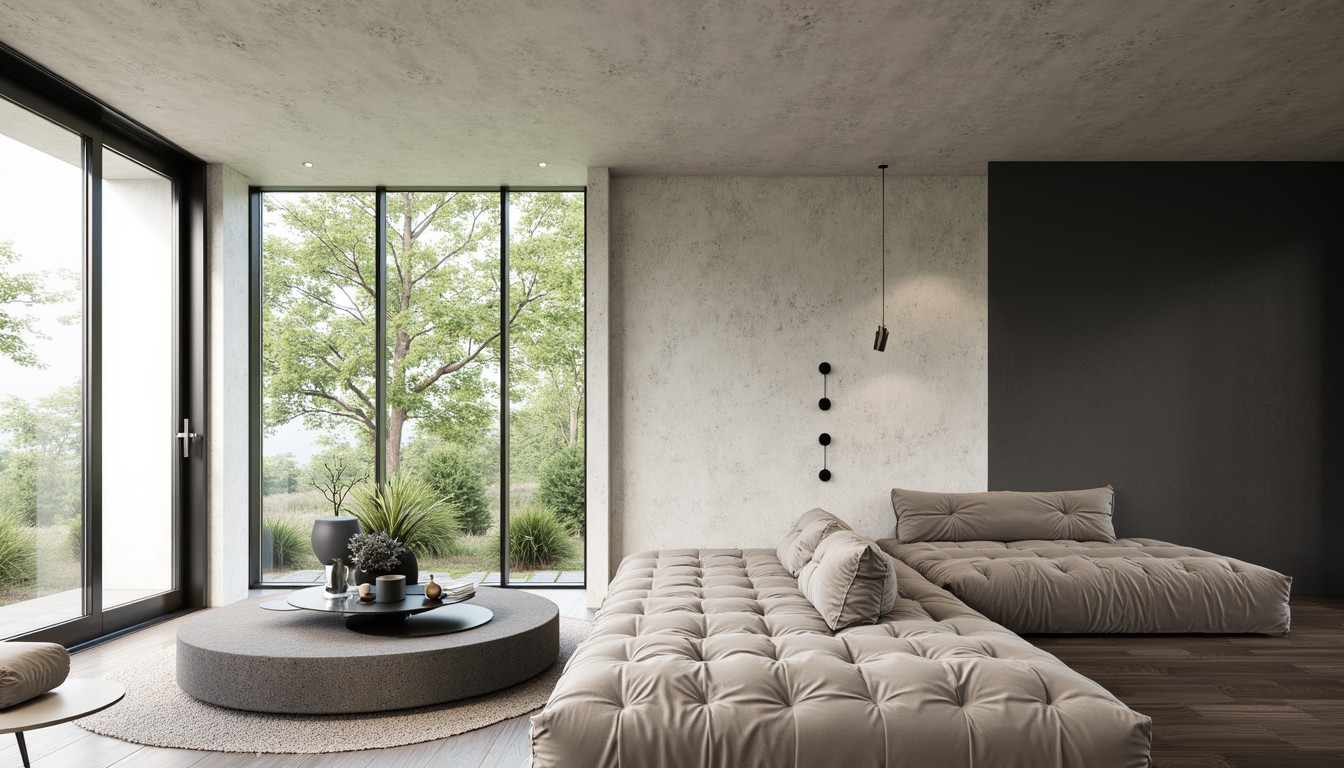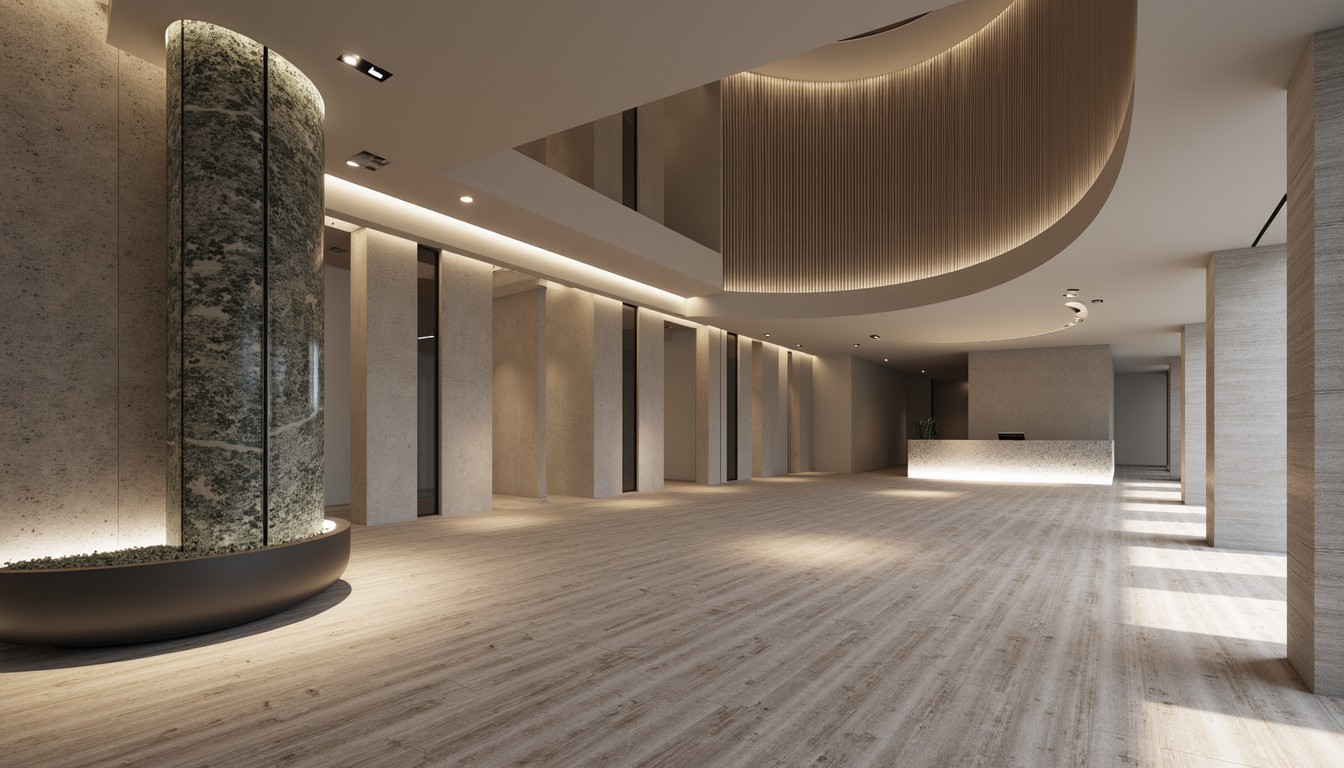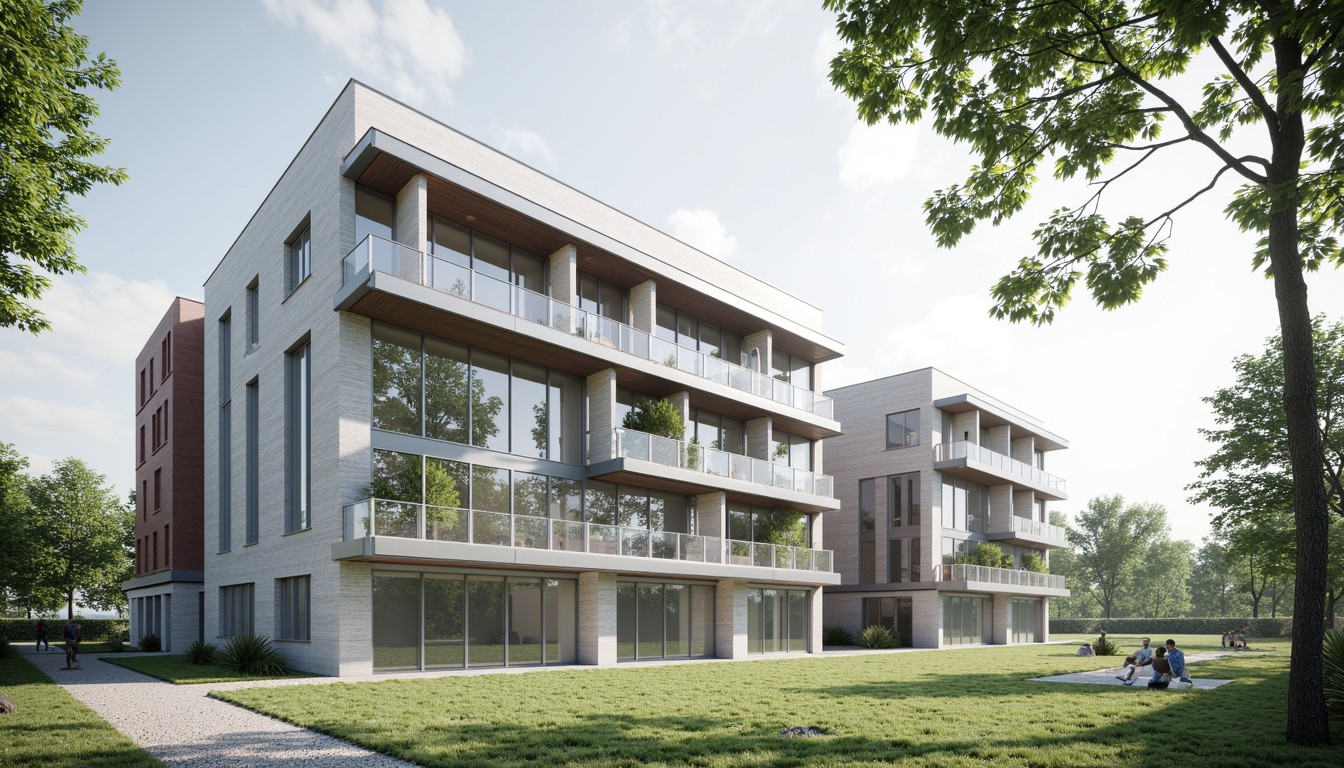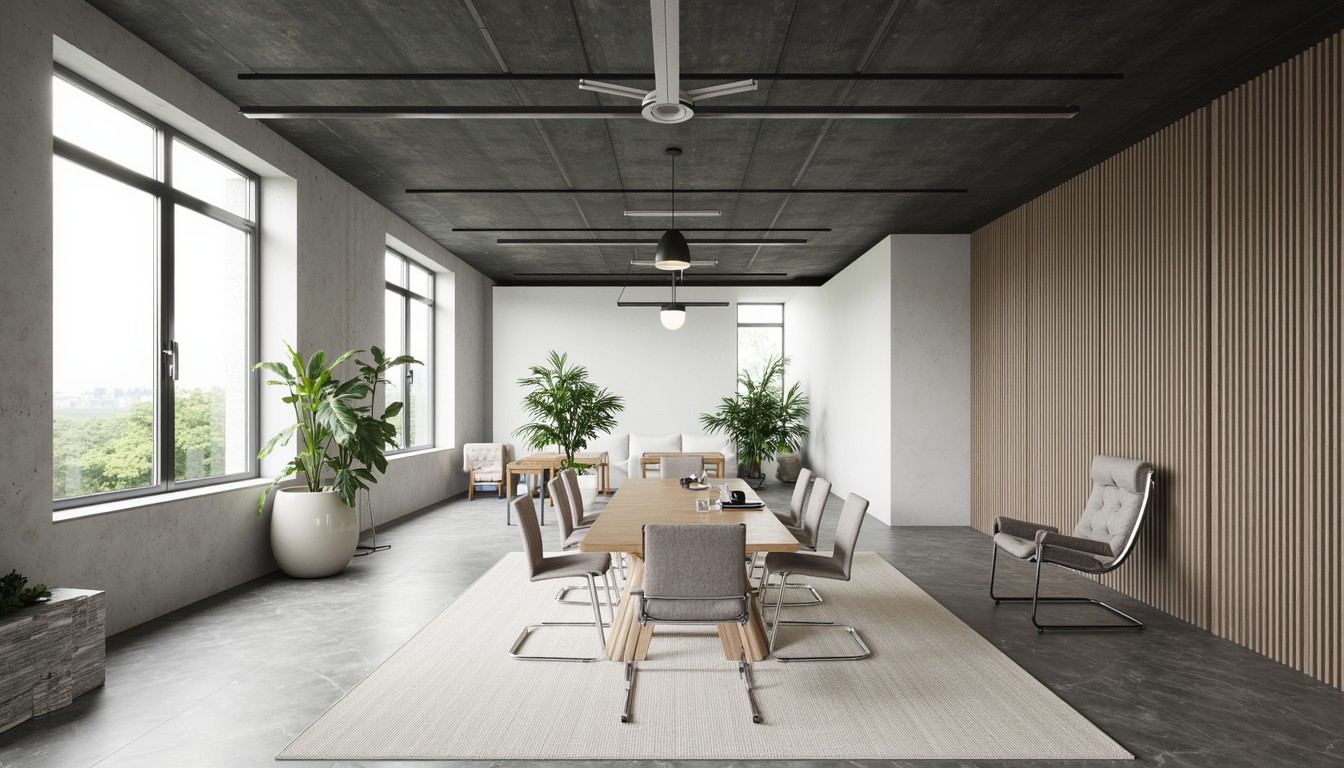Sustainable Architecture: Green Building Technologies & Design
The built environment significantly impacts our planet's health. As architects and designers, we have a crucial role to play in mitigating this impact. Sustainable architecture, encompassing green building technologies and practices, offers a path towards environmentally responsible and socially equitable design. This article delves into the key aspects of sustainable architecture, showcasing the innovative technologies driving this critical shift.
Energy Efficiency: The Cornerstone of Green Building

Energy efficiency is paramount in sustainable architecture. Reducing energy consumption through passive and active strategies is crucial to minimizing a building's carbon footprint. Passive strategies focus on building design to optimize natural resources, such as:
- Optimal Site Orientation: Positioning a building to maximize solar gain in winter and minimize it in summer reduces the need for heating and cooling.
- Natural Ventilation: Strategically placed windows and vents can create natural airflow, reducing reliance on mechanical systems.
- Insulation and Air Sealing: High-performance insulation and airtight construction prevent heat loss in winter and heat gain in summer.
- Shading Devices: Overhangs, awnings, and strategically planted trees provide shade, reducing solar heat gain.
Active strategies involve the use of technology to enhance energy efficiency:
- High-Efficiency HVAC Systems: Utilizing heat pumps, geothermal energy, and other advanced HVAC systems significantly reduces energy consumption.
- Renewable Energy Sources: Integrating solar panels, wind turbines, or other renewable energy sources generates clean energy on-site.
- Smart Building Technologies: Implementing building management systems (BMS) optimizes energy usage based on occupancy and environmental conditions.
Sustainable Materials: Minimizing Environmental Impact

The selection of building materials is critical in sustainable architecture. Prioritizing recycled, reclaimed, and rapidly renewable materials minimizes the environmental burden associated with extraction and manufacturing. Examples include:
- Recycled Steel and Concrete: Utilizing recycled materials reduces the demand for virgin resources and lowers carbon emissions.
- Bamboo: A rapidly renewable resource, bamboo offers high strength and flexibility, making it a sustainable alternative to traditional timber.
- Reclaimed Wood: Reusing reclaimed wood reduces deforestation and minimizes waste.
- Bio-based Materials: Materials derived from agricultural residues or other renewable sources, such as hempcrete or mycelium composites, offer sustainable alternatives.
- Cross-Laminated Timber (CLT): CLT is a strong, sustainable and efficient building material gaining popularity for its structural capabilities and reduced embodied carbon.
Water Conservation: Efficient Water Management
Sustainable architecture emphasizes water conservation through efficient design and technology. Strategies include:
- Rainwater Harvesting: Collecting rainwater for non-potable uses like irrigation reduces reliance on municipal water supplies.
- Greywater Recycling: Recycling wastewater from showers and sinks for toilet flushing or irrigation conserves potable water.
- Low-Flow Fixtures: Installing low-flow toilets, faucets, and showerheads significantly reduces water consumption.
- Xeriscaping: Utilizing drought-tolerant landscaping reduces the need for irrigation.
Indoor Environmental Quality: Creating Healthy Spaces

Sustainable architecture prioritizes indoor environmental quality (IEQ) to create healthy and comfortable spaces. This involves:
- Natural Lighting and Ventilation: Maximizing natural light and ventilation improves air quality and reduces the need for artificial lighting and mechanical ventilation.
- Low-VOC Materials: Using low-volatile organic compound (VOC) materials reduces indoor air pollution.
- Thermal Comfort: Designing for thermal comfort minimizes the need for heating and cooling, contributing to energy efficiency and occupant well-being.
ArchNav: Your Partner in Sustainable Architectural Visualization
ArchNav specializes in cutting-edge architectural visualization, helping architects and designers communicate their sustainable designs effectively. We leverage advanced rendering techniques to showcase the beauty and functionality of green building technologies, enabling clients to present compelling proposals to stakeholders and secure approvals for their sustainable projects. Our expertise in creating photorealistic renderings and virtual reality experiences allows clients to immerse themselves in their designs, experiencing the impact of sustainable features firsthand. Contact ArchNav today to explore how we can help you visualize your sustainable architectural vision.
